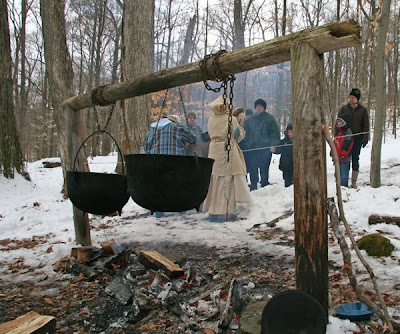I am worried about my friends in Taiwan. A New York Times headline last week said “Taiwan Elects a Leader Who Seeks Closer China Ties”.
That’s about as safe as kissing a Cobra.
Here’s a little history: The Nationalist Chinese were our allies in the Pacific Theater of World War II. While they were helping us defeat the Japanese they were fighting their own revolution against the Communist Chinese on the mainland.
They lost that revolution in 1949 and the Nationalist government escaped to Taiwan (then known as Formosa). To protect our ally, the US Navy for years patrolled the 100 mile wide straits between Taiwan and the Chinese mainland while the Nationalists established a government in exile.
The Communist Chinese have been threatening the island with war ever since. They simply regard the free Chinese as a break-away province and their rightful possession.
Meanwhile, the Taiwanese evolved toward a democratic form of government and created an economy among global giants—all from an island about 1/3 the size of Ohio with virtually zero natural resources.
I learned to really appreciate their success when I led a 16 member Economic and Goodwill Mission to Taiwan in April 1986 to celebrate our new sister-county relationship with Taipei County.
We found and for 10 days thoroughly sampled a society and government which cherished their freedom and had boundless energy in pursuing their prospering economic system.
Now, a mere 59 years after escaping the clutches of communisum in their mainland home they appear willing to dilute the dream of independence and are beginning to sniff at a renewed relationship with the very folks who advocate being their masters.
Ironically, this is happening while other headlines are blaring about Communist China’s brutal supression of the people of Tibet which once enjoyed its own independence before being dominated by the Communists.
I hope some persuasive folks in Taiwan read a few history books before it is too late.
 A 45 minute chat with then Vice President of the Republic of China, Lee Teng-hui in a capital building reception room was a featured element of our 1986 visit to Taipei. That is he and yours truly in the center of the photo. Lee went on to serve as president of the country from 1988 to 2000.
A 45 minute chat with then Vice President of the Republic of China, Lee Teng-hui in a capital building reception room was a featured element of our 1986 visit to Taipei. That is he and yours truly in the center of the photo. Lee went on to serve as president of the country from 1988 to 2000.Dr. James Chen from Ashland, a member of our delegation and native of Taiwan is on the far left beside my Chinese counterpart, Lin, Fong-cheng, Magistrate of Taipei County. Lou Fritz (right) was then president of the Richland Economic Development Corp., and responsible for helping us create our Sister County Relationship with Taipei County. (Photo courtesy Nationalist Chinese Government)





















